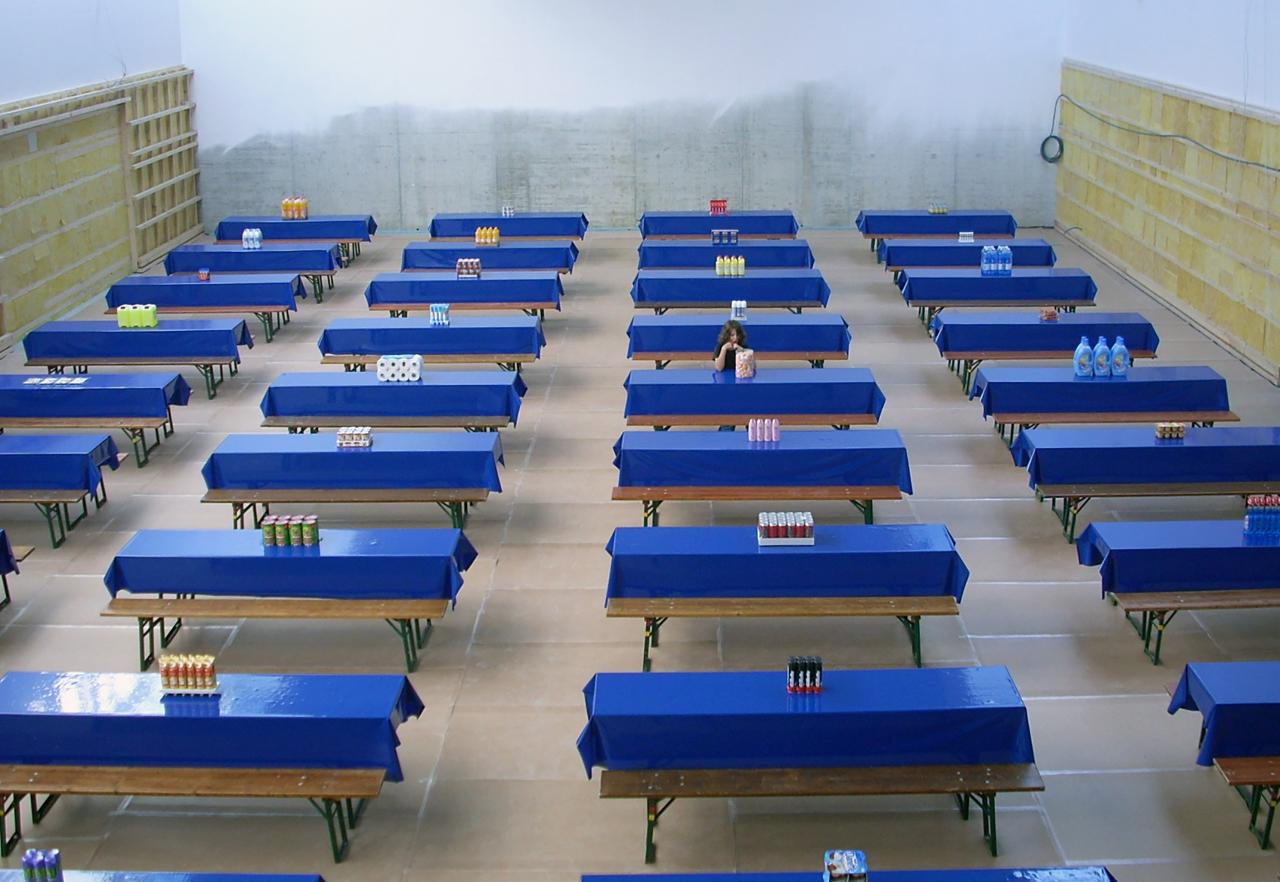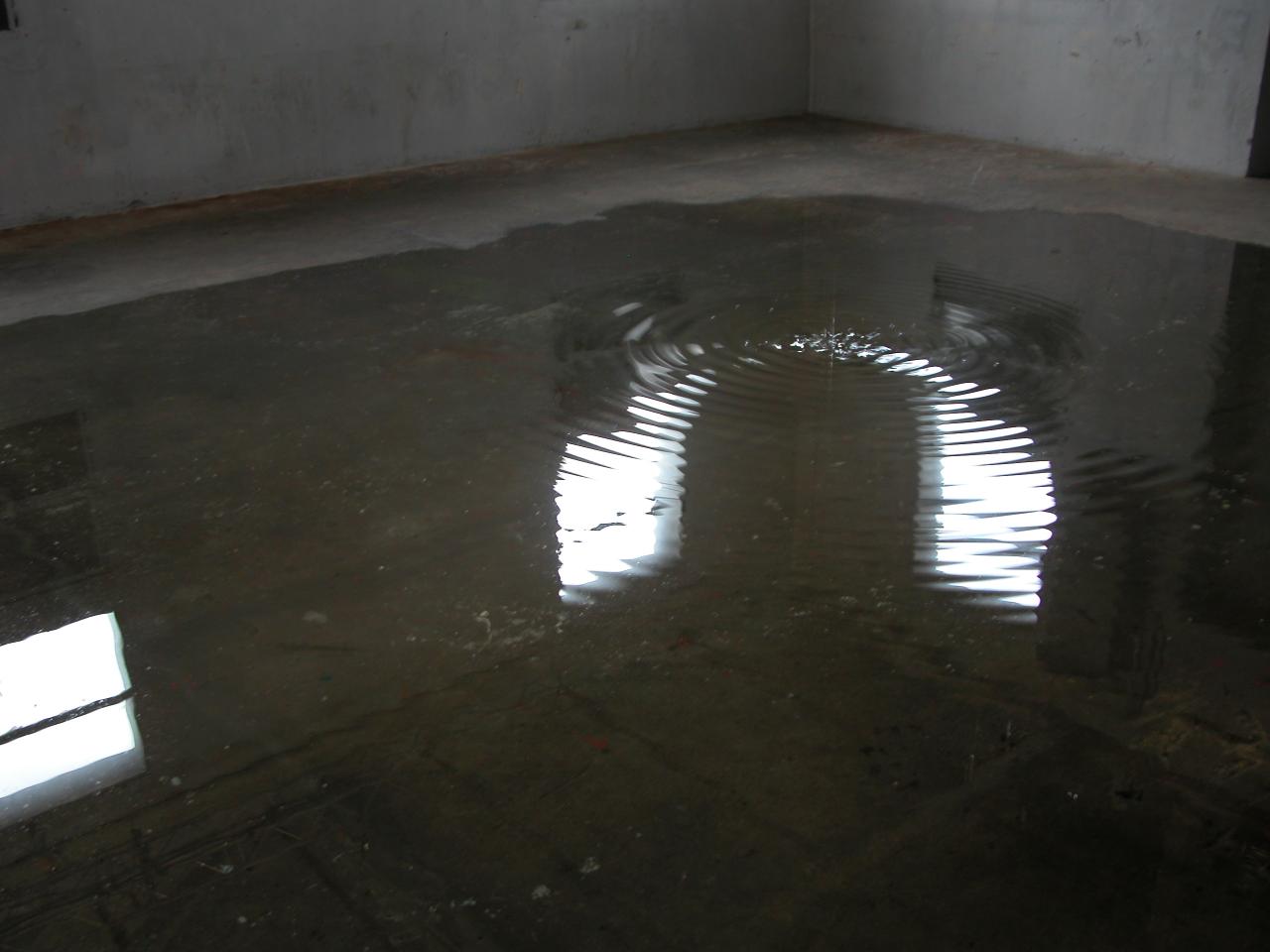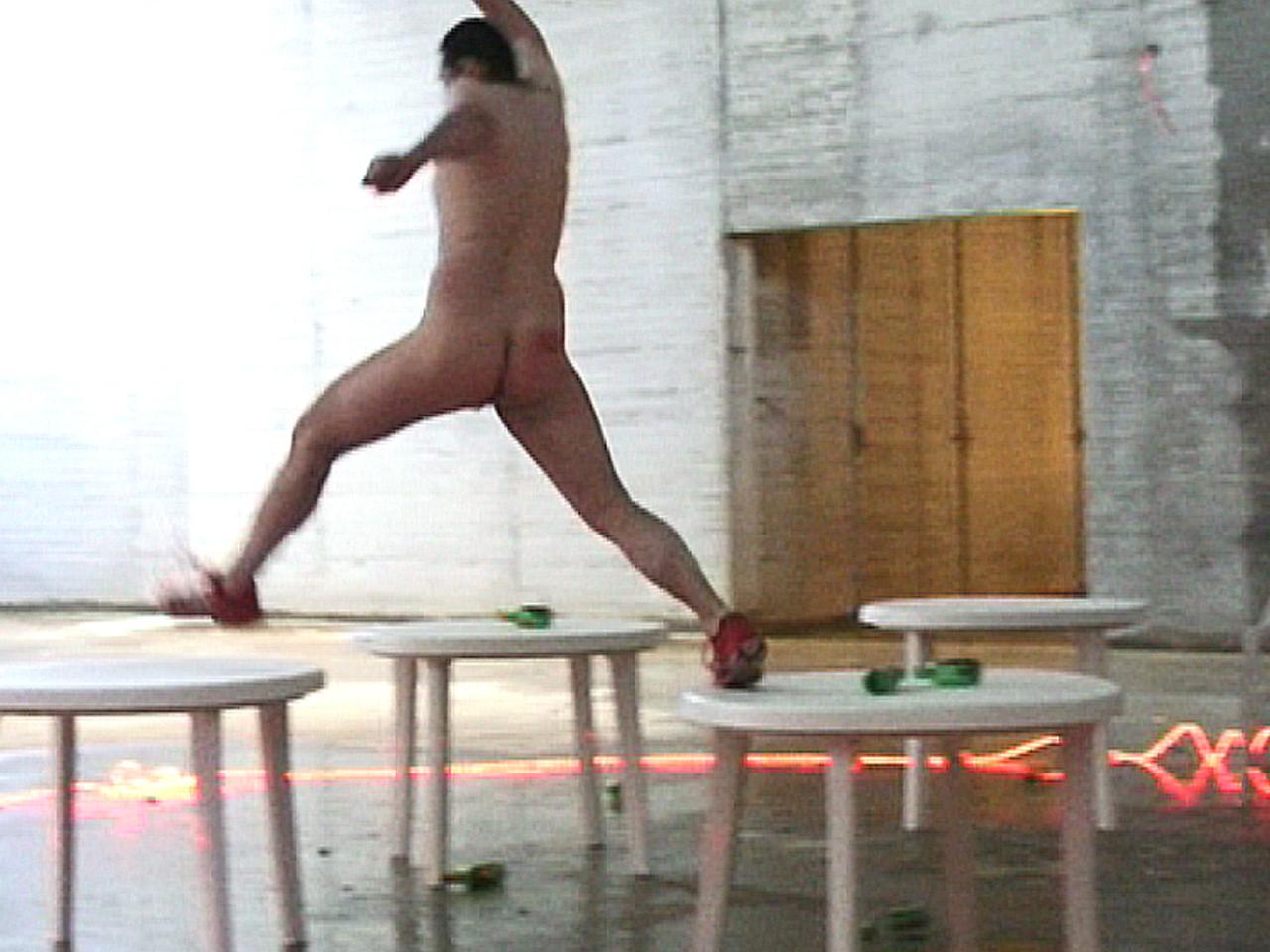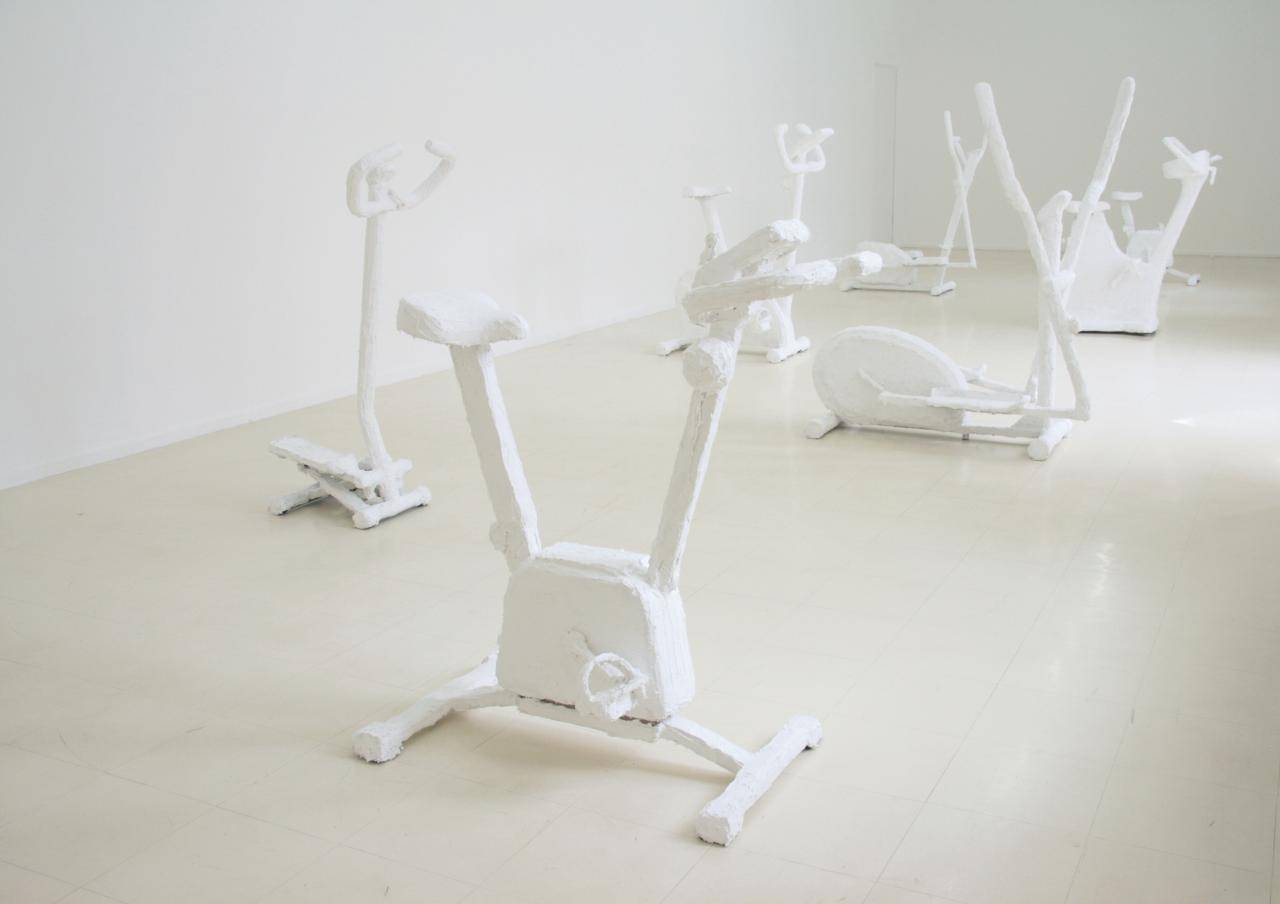Laurent Faulon
Born in 1969
Lives and works in Geneva





Over the course of two decades or so, Laurent Faulon’s work has evolved from performance art to sculpture and installations. The artist often creates pieces that resonate with the architectural, political, economic and social characteristics of the spaces in which they are shown, and develops an interventional form of art that he readily calls “occupations” – more often than not short-lived and highly contextualised. These projects sometimes occupy non-venues, abandoned or mutating spaces (vacant lots, construction sites, offices, factories, shops or disused housing, etc.), which are made temporarily public in the process.
Laurent Faulon’s interventions and installations rely on several dimensions at once: visual, acoustic, olfactory, and even gustatory. For his performance Tentative Kebab (2014), Faulon put together a low-temperature slow-cooking system: using a car’s exhaust fumes to power a ground oven in which legs of lamb were cooked for 8 hours before being served up as kebabs to the public.
While his taste for provocation and transgression is deliberately used to trigger feelings of unease and even repulsion, what the artist is truly trying to achieve is an illustration of the isolation that our post-industrial society brings about and of the individual’s subjection to a consumerist economy governed by relations of domination. The material elements that the artist uses in his installations are often everyday ordinary consumer products sold in supermarkets, which fuel Faulon’s satirical vision of contemporary society and of the clutter that constitutes it. The staged public gatherings, feasts and banquets, whether deserted or to come (Just Married, 2021; Fête Nat’, 2011; Salon de jardin MonierBau [MonierBau Garden Furniture, 2011; Ensemble [Together], 2009), perpetuate the illusion of collectivity without renouncing the utopia of community.
While Laurent Faulon’s work may seem at times crude and ruthless, it always contains a good measure of self-mockery and irony, and dark humour verging on the burlesque.
Text by Zsuzsanna Szabo
Translated by Lucy Pons